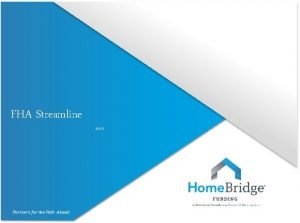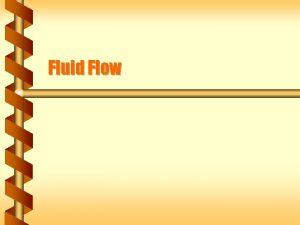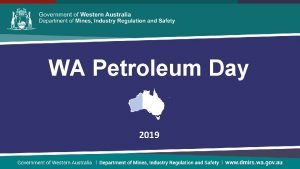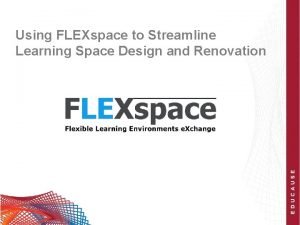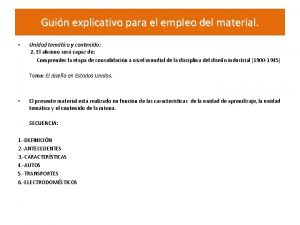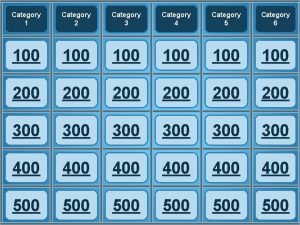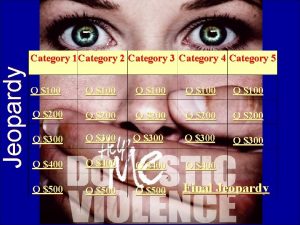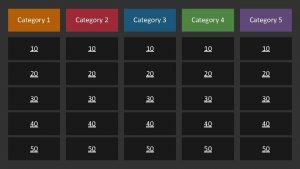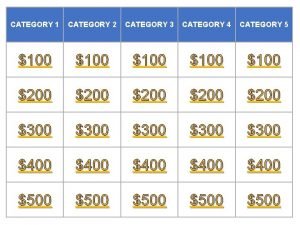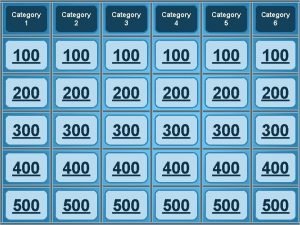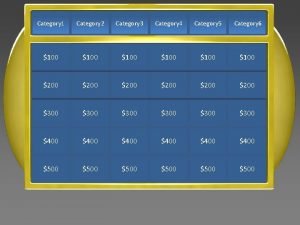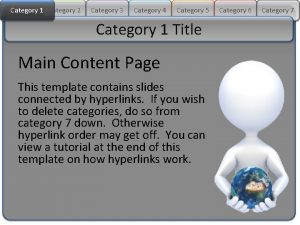Using Standards to Streamline AR Experience Production Category











- Slides: 11

Using Standards to Streamline AR Experience Production • Category: New Standards Development 1

Current Situation • Enterprise AR interoperability and integration remain very poorly understood and supported by enabling AR components and enterprise AR solution providers • However, widely adopted interfaces and formats are needed before AR can be deployed at scale • If a company wants to use real world capture systems as the basis for AR authoring or registering synthetic content in the enterprise workplace, it must develop proprietary extensions and customize software for integration with its AR production processes and domain-specific data pipeline 2

Generic AR Authoring Data Pipeline Ingest into proprietary framework or IDE Capture the 3 D object or environment in which the AR experience will be delivered Physical World (Reality) and its digital version (copy) with features 3

An INPUT An e c And i ev roid d d -ba e A device running s a sed b S dev a proprietary OS i. O ice of t r Pa Kit AR A proprietary 3 D spatial capture engine Par AR t of Co re OUTPUT Capture the 3 D object or environment in which the AR experience will be delivered Physical World (Reality) An AR engineer or subject matter expert chooses models, trains and packages or publish the experience Ingest into proprietary framework or IDE Physical Holo. Lens MSFT Azure World (Reality) Services and its digital version (copy) with Microsoft Store features (download app) Search and choose/install an app 4

Problems this Research Would Address • AR experience authoring in enterprises is a highly manual and custom process, requiring a specialized and skilled developer to uniquely choose models, train and package or publish the experience • There could be much more innovation in commercial reality capture systems (separate from the AR authoring) • The use of standards could provide an API for automation and reduce the reliance on skilled AR developers. This would lower errors and cost of AR use. Today, technology standards for 3 D models (available or under development) are domain agnostic, and industry standards are domain-specific 5

OUTPUT INPUT Capture the 3 D object or environment in which the AR experience will be delivered Physical World (Reality) Physical Holo. Lens MSFT Azure World (Reality) Services and its digital version (copy) with Microsoft Store features (download app) Search and choose/install an app Data Model and API An e c And i ev roid d d -ba e A device running s a sed b S dev a proprietary OS i. O ice n A P f A proprietary 3 D spatial art o t r A RC of Pa Kit ore capture engine AR An AR engineer or an automated data processing system ingests and produces AR experiences Ingest into proprietary framework or IDE Domain-specific add-ons could provide value 6

Possible Questions the Research Would Answer • What are the possible roles for standards to play in streamlining AR authoring processes? • What are the most common outputs of real world capture systems used in enterprises and suitable or designed specifically for AR use? • Where are standards in 2 D and 3 D (spatial) mapping applicable to the use of real world capture system outputs? • What are the existing standard interfaces of a domain-specific engineering pipeline in an industry that is currently seeking to adopt AR? • How can standards be implemented as is or extended to automate AR experience authoring (and reduce the need for custom AR authoring)? • What are the gaps in existing standards and where can future standards focus for highest impacts on reducing costs of AR experience authoring? 7

Whose problem would be addressed? • IT groups and enterprise AR project managers would be better prepared • To use real world capture systems as the basis for AR experience authoring • Reduce reliance on customized authoring processes and accelerate/streamline the production of AR experiences • Providers of enterprise wearable AR displays and enterprise AR software/platform companies would be able to • Participate in the development of extensions of standards, or new standards, and/or • Adopt standards identified in this study to lower the risk and costs facing customers seeking to introduce AR at scale 8

How would this research be conducted? 1. With AREA member input, choose one or more use cases in a specific industry where AR adoption at scale is being held back by lack of integration with domain-specific engineering and operation management systems 2. Perform desk research about commercial real world capture systems currently in use in enterprise environments and document any data formats and standards used 3. Compare interfaces, models and standards used by the industry (domain) with the inputs and outputs of the real world capture systems 4. Prepare a gap analysis and set of recommendations for future work in enterprises and standards organizations 9

Deliverables of this Project • An annotated table of specifications pertaining to products and technologies in use in real world capture systems in use in enterprise today • An annotated table of standards in use in the domain selected for focus in this project and where AR experience authoring can benefit from automation (streamlining/reducing need for custom experience engineering) • Report containing a gap analysis and set of recommendations for future work in enterprises and standards organizations • Executive summary of findings for public release and a webinar 10

Benefits to AREA Members • Deeper insights into how standards could be used in real world capture and in one industry may streamline AR authoring pipelines • If/when AR experience authoring can be automated, either partially or fully, and integrated with domain-specific enterprise management systems, this will reduce costs, time and errors that are inherent when humans are required to custom engineer AR experiences 11


